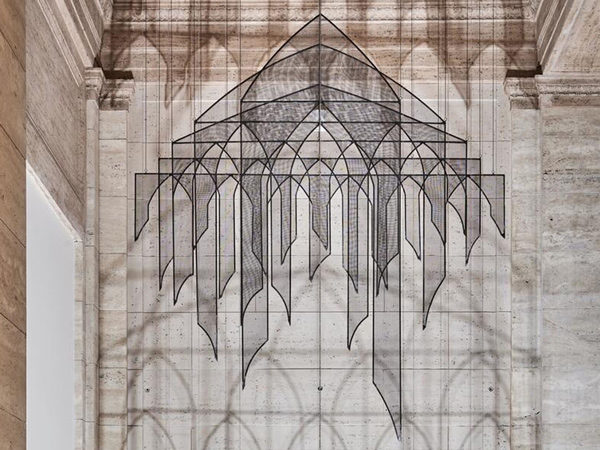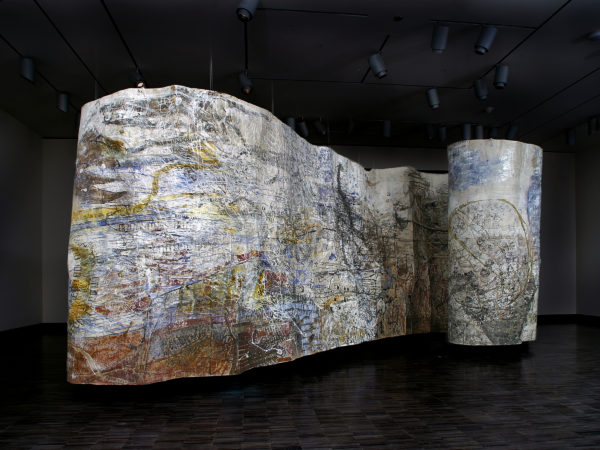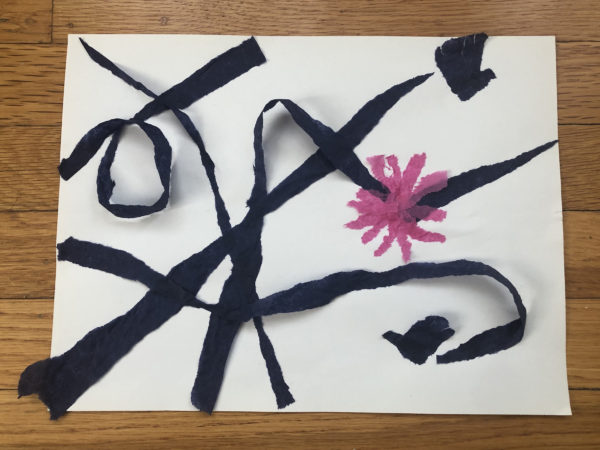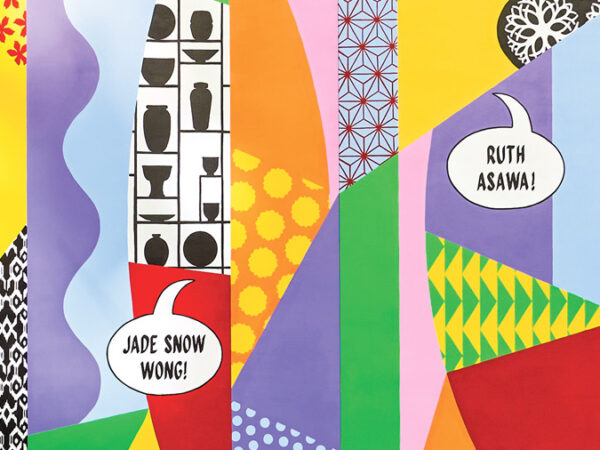Activity
Islamic Calligraphy: Materials and Tools
In addition to giving artistic instruction on the art of writing, a teacher of Islamic calligraphy trained a student in how to prepare and use a multitude of materials and tools.
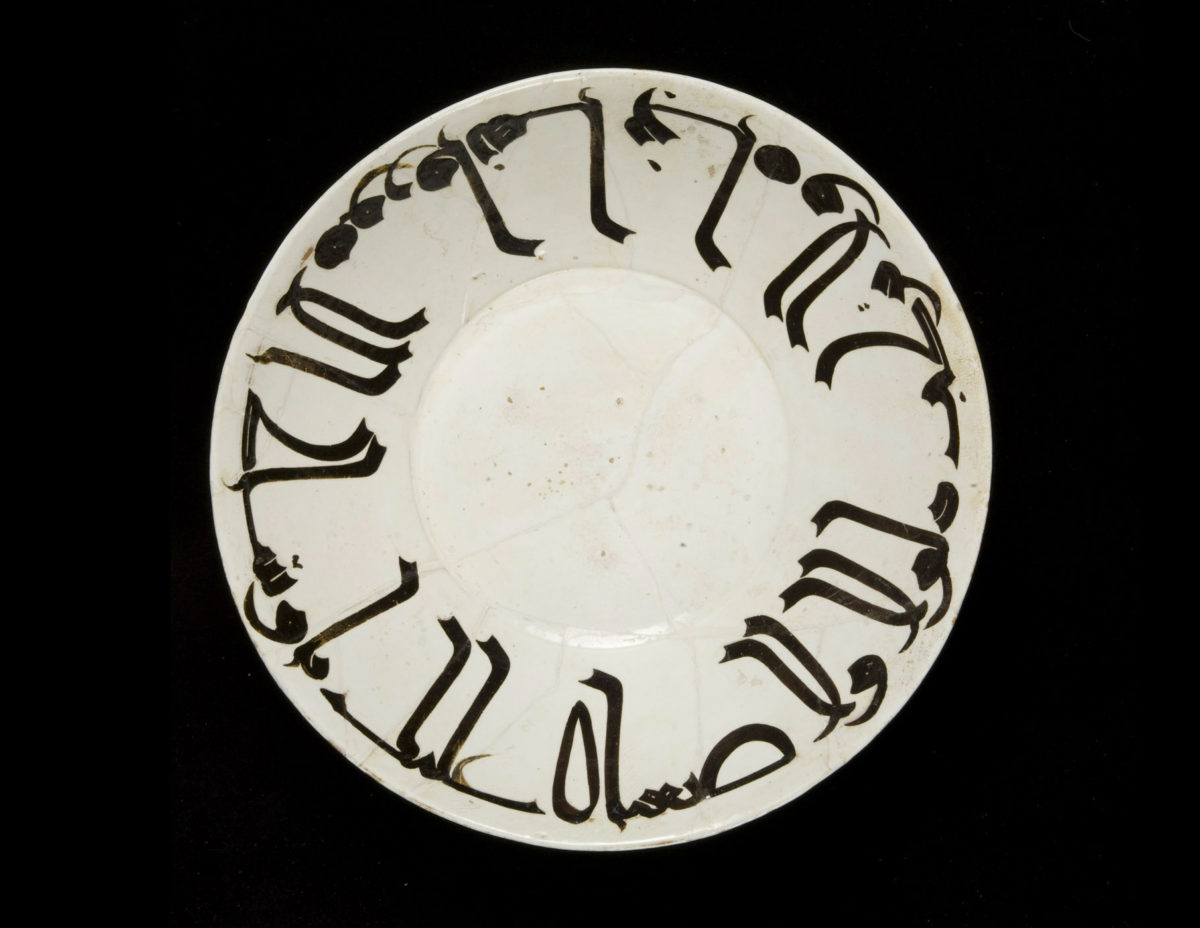
Large Bowl with Arabic Inscription, 800-1000.
In addition to giving artistic instruction on the art of writing, a teacher of Islamic calligraphy trained a student in how to prepare and use a multitude of materials and tools. Many of the items used were artistic works in their own right, made of precious materials and collected by calligraphers and rulers alike. Before a calligrapher writes the first letter, the reed nib must be cut, ink mixed, paper prepared and the writing area arranged.
The calligraphy pen (kalem) is made from a reed that grows around watercourses. Thick kalem may be made from bamboo and thin ones from the stems of roses. They are approximately 24–30 cm. in length, with the diameter varying depending on the type of script to be created. Once the reeds have been selected, they are seasoned––a process that requires burying them in horse manure for up to four years. The seasoned reed is cut by first placing it on a makta (a flat surface often made of ivory or wood). The reed is steadied by a small protruding groove at one end of the makta. The tip is cut with a razor-sharp penknife at an angle to reveal an oval shaped opening. It is shaped to form a flat tongue (kalem dili). The tongue is then split parallel to the pen. This opening will serve as a reservoir for the ink. Finally, the tip of the tongue is cut at an oblique angle. For very fine scripts, the thorn of a Malaysian palm tree attached to a reed body is used.
Knowledge of ingredients used to make calligraphic ink was a prized secret among calligraphers, each of whom formulated a preferred recipe. The soot of a hemp oil lamp was collected and mixed with gum arabic. Added to this were items such as gallnuts, henna leaves, and indigo. After being stored for five days, the mixture was strained, perfumed, and thinned with water. A hedgehog quill was used to stir it to the correct consistency. The finished ink was poured into an inkwell that contained a small ball of raw silk (lika). The latter absorbed ink, preventing problems of spillage as well as monitoring the amount of ink taken up by a pen reed.
The introduction of paper from China at Saramkand in 751 revolutionized Islamic writing. It was a cheaper alternative to parchment, the material previously used for copying texts. Such raw paper undergoes a treatment process before it can be used for calligraphy. It is first boiled in vegetable dye made from pomegranate or onion skins. It may also be soaked in tea leaves to create a tan color. Calligraphy is normally not written on white paper because it is considered too stark a contrast to the eye. Once the paper is dried, it is coated with ahar (a gelatinouse substance used to treat paper). A week later it is burnished with a polished flint. Only after the paper has aged for a year is it ready to be written upon.
The calligrapher prepares the layout of the lettering on the paper by using a mistar (guideline tool). This is a piece of cardboard through which a thin strand of thread is stretched through holes creating guidelines that center the horizontal baseline for the lettering and the outline of the margins. The placement of these lines is carefully calculated by the calligrapher, who estimates the size of script in relation to the surface. Lastly, the prepared paper is placed on top of the mistar and the calligrapher uses the index finger to gently press the paper against the thread. This process leaves a slight indentation that guides calligrapher when ink is ready to be applied.
In the Ottoman period, the calligrapher did not sit at a table. Instead calligraphy was done while sitting on a divan or cushion. The writing paper was placed on top of an atlik (pad of rough paper) that was then balanced on the artist’s bent right knee. The flexible surface facilitated the creation of curving strokes. It was in this setting, with the correct material and tools, that the calligrapher could commence the art of writing.



